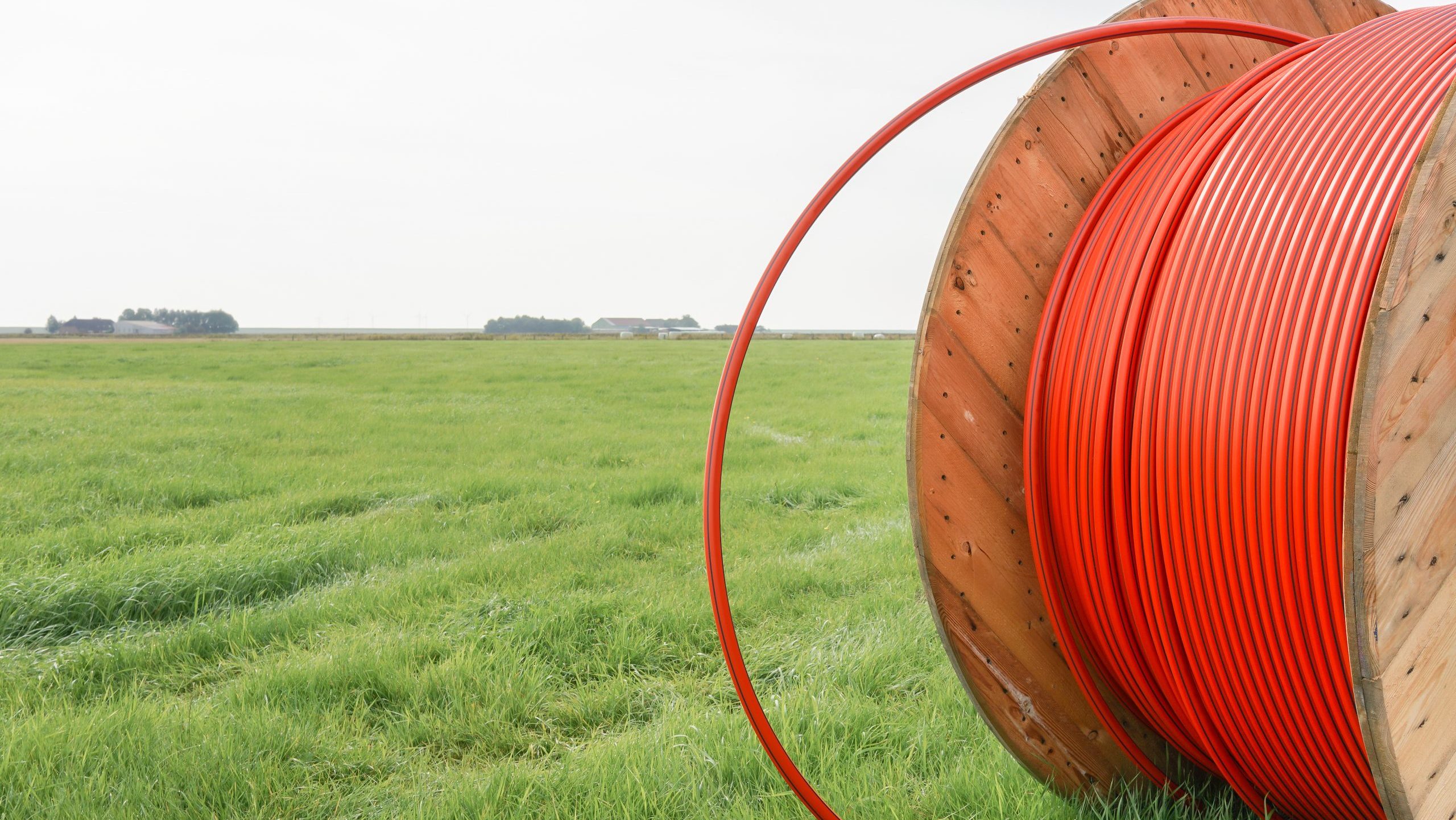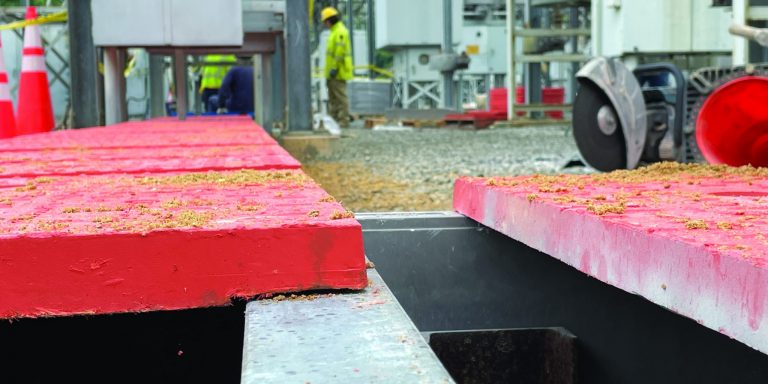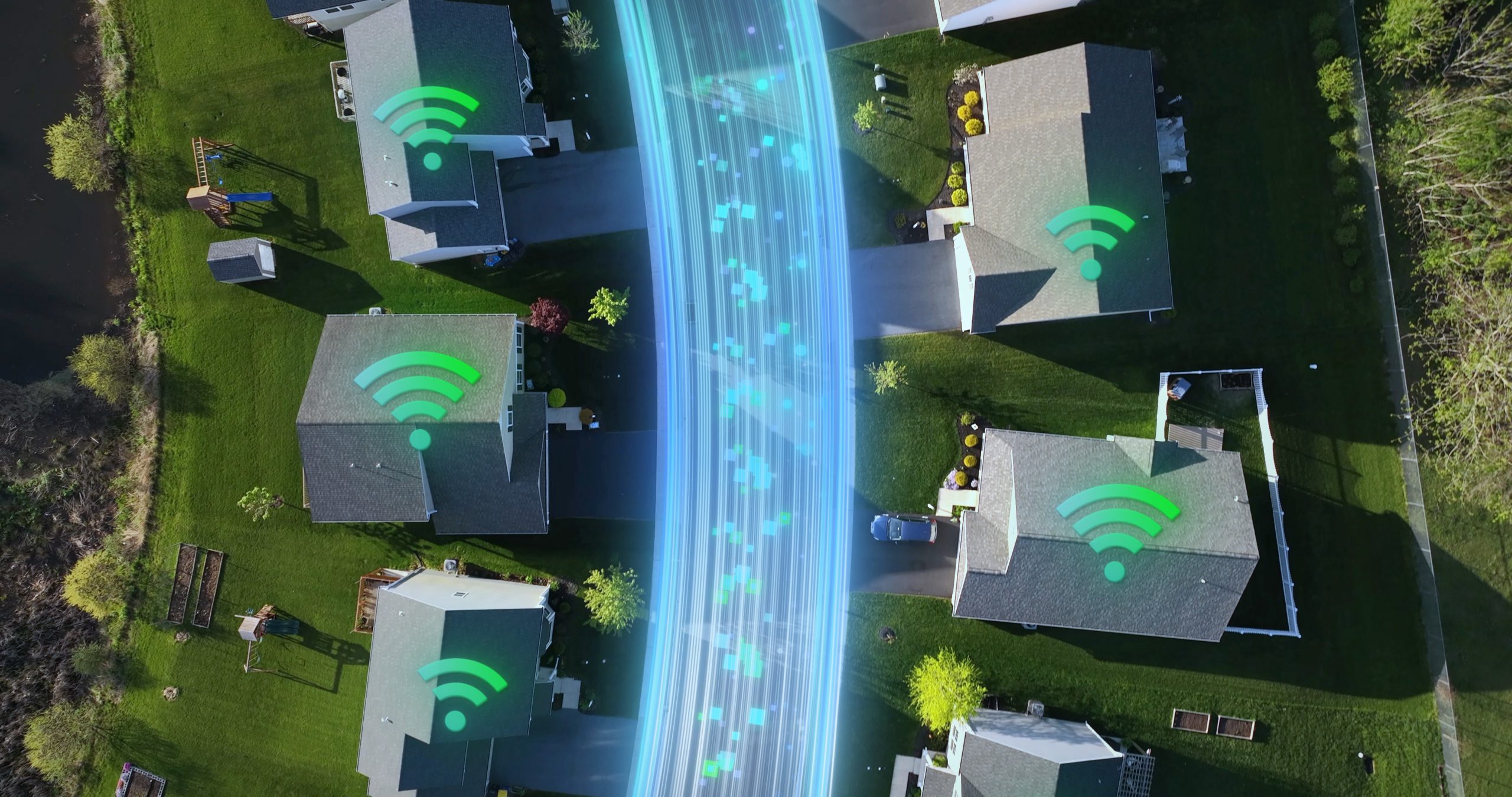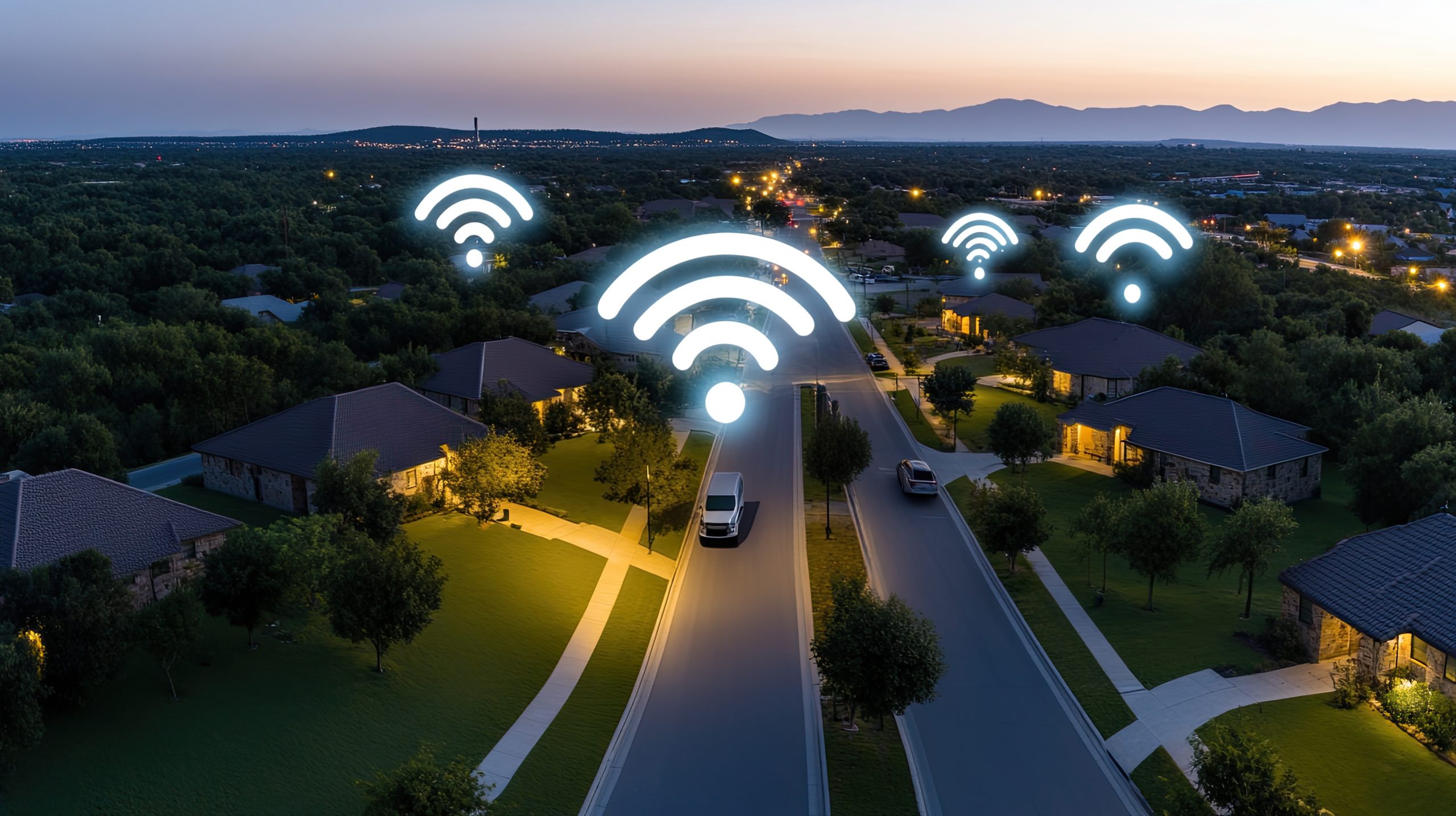December 5, 2023
Bridging the Digital Divide: The Critical Need for Broadband Expansion in America

Broadband connectivity has become an integral part of our modern life, deeply interwoven into our routines and as vital and indispensable as the roads that connect our cities and towns. Microsoft’s 2021 study brings this into sharp focus, revealing that one out of three Americans, roughly 120.4 million, access the internet via standard broadband connections. This insight, grounded in the Federal Communications Commission’s (FCC) broadband speeds benchmark of 25 Mbps download and 3 Mbps upload, underscores a nation teetering on the brink of a digital revolution, yet hindered by uneven access.
Broadband Now’s 2021 study adds another layer to this complex narrative, highlighting that over 42 million Americans have inadequate broadband service. This stark digital divide is more than a technological shortfall; it represents a barrier to education, business opportunities, and personal growth in our increasingly interconnected world.
In response to this pressing issue, federal initiatives have emerged as powerful agents of change. The Broadband Equity Access and Development Program, a pivotal piece of federal legislation, has earmarked an impressive $42.25 billion to enhance national broadband infrastructure. This initiative, along with earlier FCC efforts like the Universal Service Fund and the Rural Digital Opportunity Fund, reflects a determined push to deliver broadband to every corner of the nation, ensuring equitable access to the digital realm for all Americans.
The quest for widespread connectivity has led the industry to pinpoint fixed wireless and fiber optic networks as the most effective solutions. These technologies, working in concert, offer a comprehensive approach to overcoming connectivity challenges. Fiber networks, capable of transmitting data at the speed of light, provide the high-speed backbone essential for our digital demands. In parallel, fixed wireless networks bring adaptability and scalability, crucial for reaching subscribers in varied and remote landscapes.
The significance of these technological advances in the mission to expand broadband access is monumental. They serve not only as conduits for connectivity but also as tools for bridging economic and educational divides, fostering a more inclusive and equitable society.



